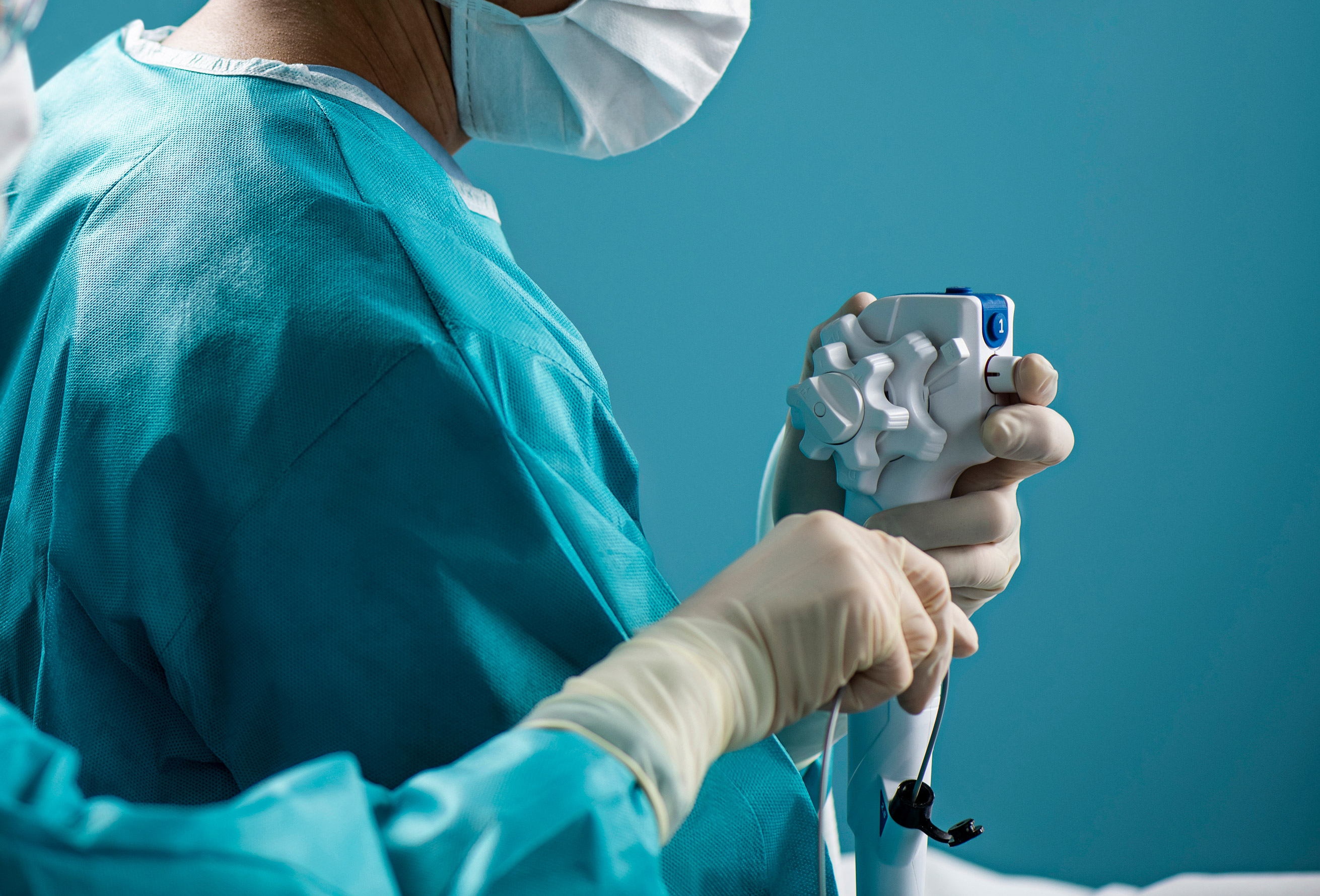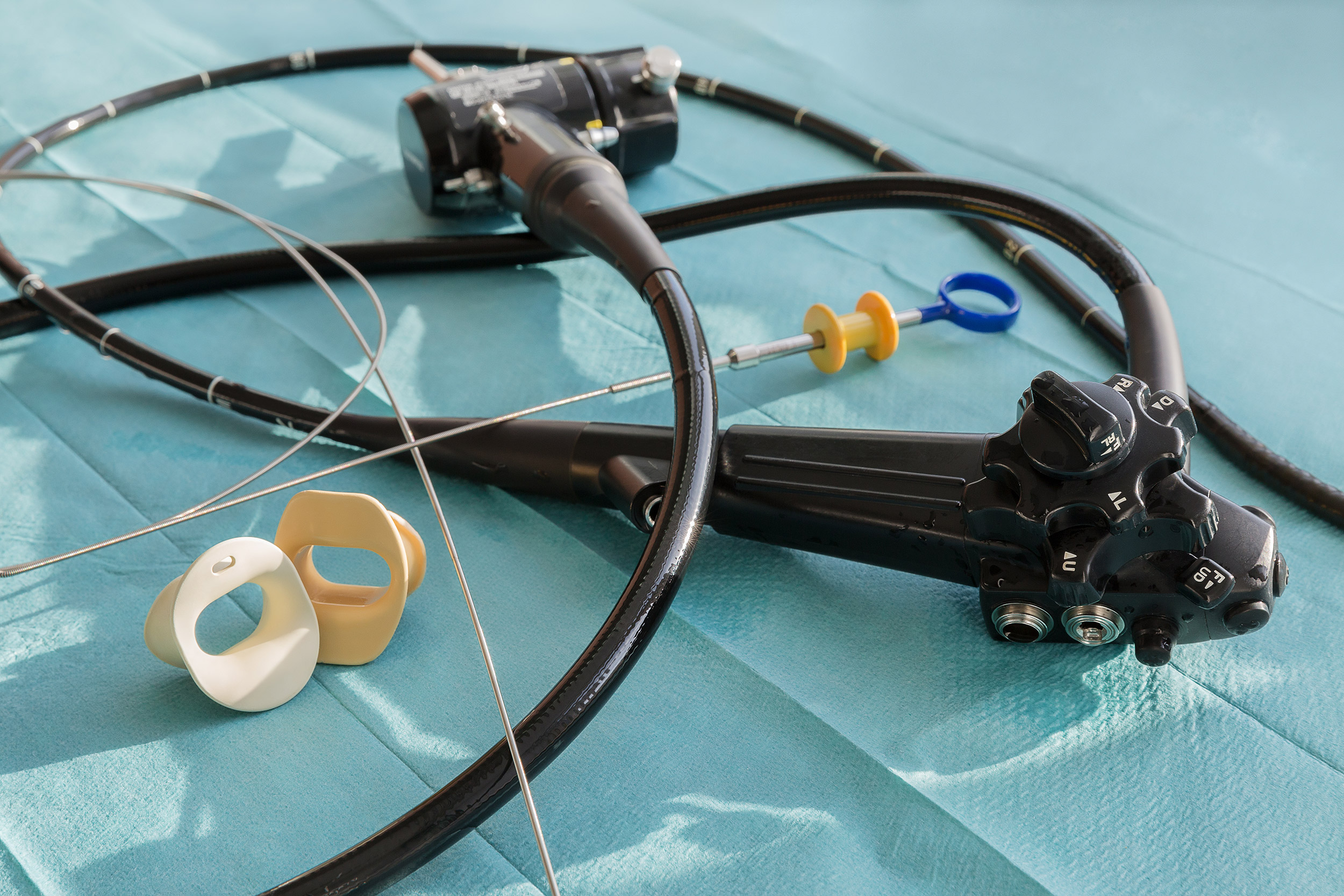
November is Bladder Health Month! We may rarely give a second thought about the health of our bladder, but this month serves as a reminder to educate yourself about some common bladder health issues — and encourages you to take preemptive measures that protect your health.
Four common health problems that impact the bladder are an overactive bladder, urinary tract infections, interstitial cystitis, and bladder cancer.
An overactive bladder (OAB) is triggered by an injury or condition that impacts your detrusor muscle (a group of soft muscle fibers inside the surface area of the bladder). OAB frequently occurs in adults 65 years and older and impacts more than 33 million Americans, according to the American Urological Association.
Some symptoms of an overactive bladder include frequent urination, nocturia, and urge incontinence.
Some options for treating an OAB include prescription drugs, bladder botox treatments, nerve stimulation, and surgery, according to the Urology Care Foundation.
Urinary tract infections (UTIs) impact approximately 150 million individuals globally each year, and are common in females, according to new research published in Open Access Journal of Urology. Some signs of a bladder infection include pain or a burning sensation while urinating, blood in the urine, and frequent urination, according to the Centers for Disease Control and Prevention.
Some contributing factors that trigger a UTI include diabetes, sickle-cell anemia, stroke, waiting too long to urinate, or any issues preventing the bladder from emptying completely.
UTIs are treated using antibiotics and drinking fluids to help eliminate harmful bacteria from your urinary tract.
Eating foods high in antioxidants such as blueberries, oranges, brown rice, unsweetened probiotic yogurt, broccoli, sweet potatoes, and spinach are known to prevent reoccurring UTIs.
Commonly referred to as bladder pain syndrome (BPS), interstitial cystitis (IC) is a chronic condition that impacts 3 to 8 million women and between 1 million to 4 million men in the U.S. annually, writes the National Institute of Diabetes and Digestive Kidney Diseases.
The cause of IC/ BPS is unknown but may result from conditions such as defects in the lining of the bladder, abnormal substances in the urine, or an autoimmune disease. Symptoms include pain in the pelvic region, pain during sex, and discomfort when the bladder fills and relief after urination.
In addition to IC/BPS, some individuals may also experience other health conditions such as irritable bowel syndrome, fibromyalgia, and sleep deprivation, according to the National Institute of Diabetes and Digestive Kidney Diseases.
A combination of pain management, oral medications, and medical procedures such as a cystoscopy and botox injections are treatments used to manage or treat IC/BPS.
Bladder cancer impacts men and women in different ways. While both sexes may display related bladder cancer symptoms such as hematuria, blood in the urine may be diagnosed as cystitis and omitted as a sign bladder cancer.
Men are at a greater risk of getting bladder cancer because of a heightened risk of exposure to cancer-causing chemicals used in specific jobs, including chemicals and dyes. One in 27 men will develop bladder cancer during their life, according to the American Cancer Society. Doctors typically perform minimally invasive procedures such as a cystoscopy to diagnose bladder cancer. Additional forms of testing include urine tests (cytology or biomarkers) and imaging (CT scans, MRI, and ultrasound).
The best way to minimize the risk of bladder cancer is to avoid smoking.


